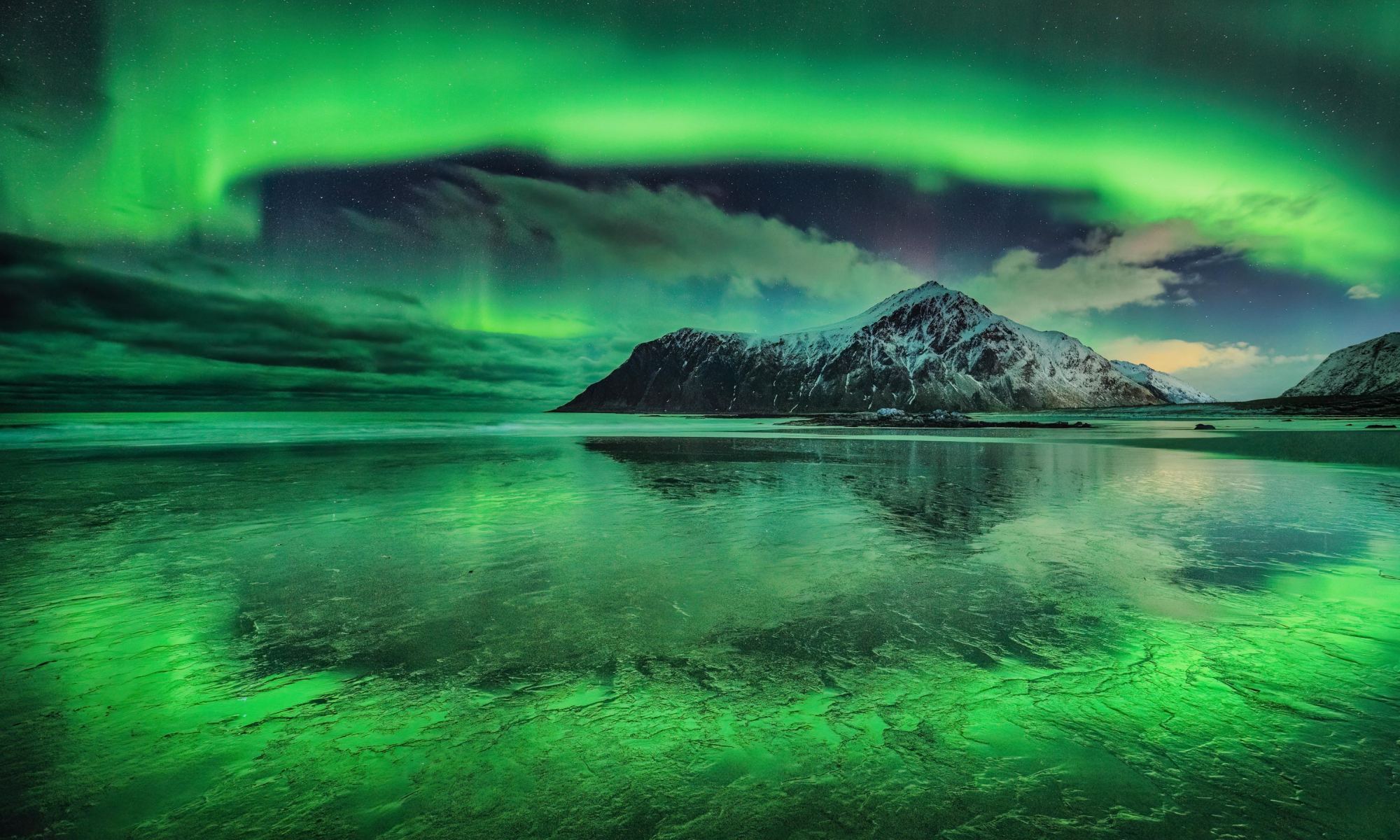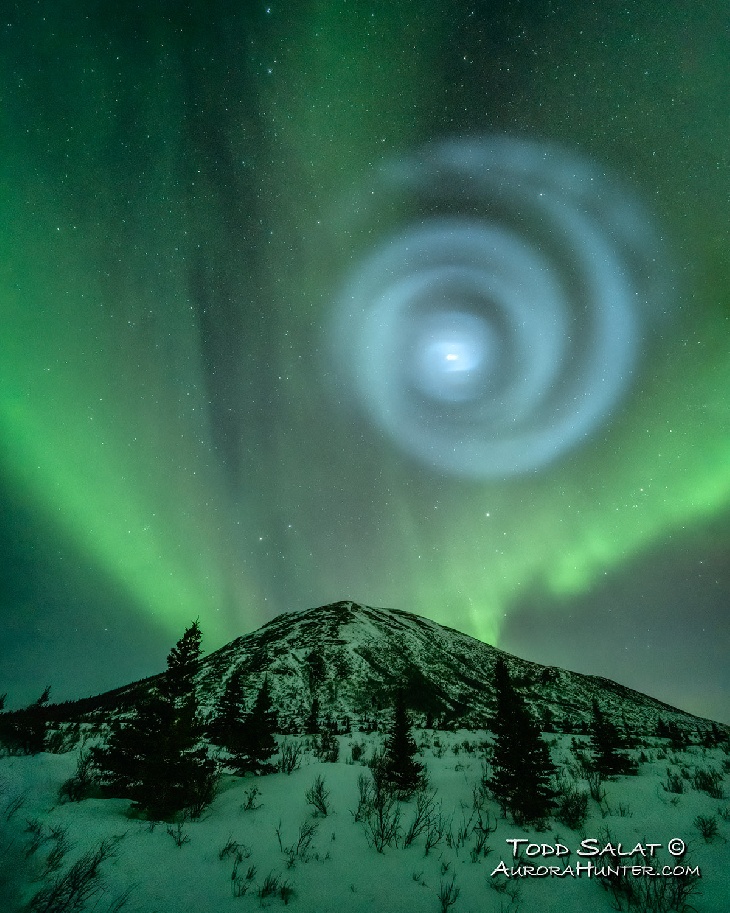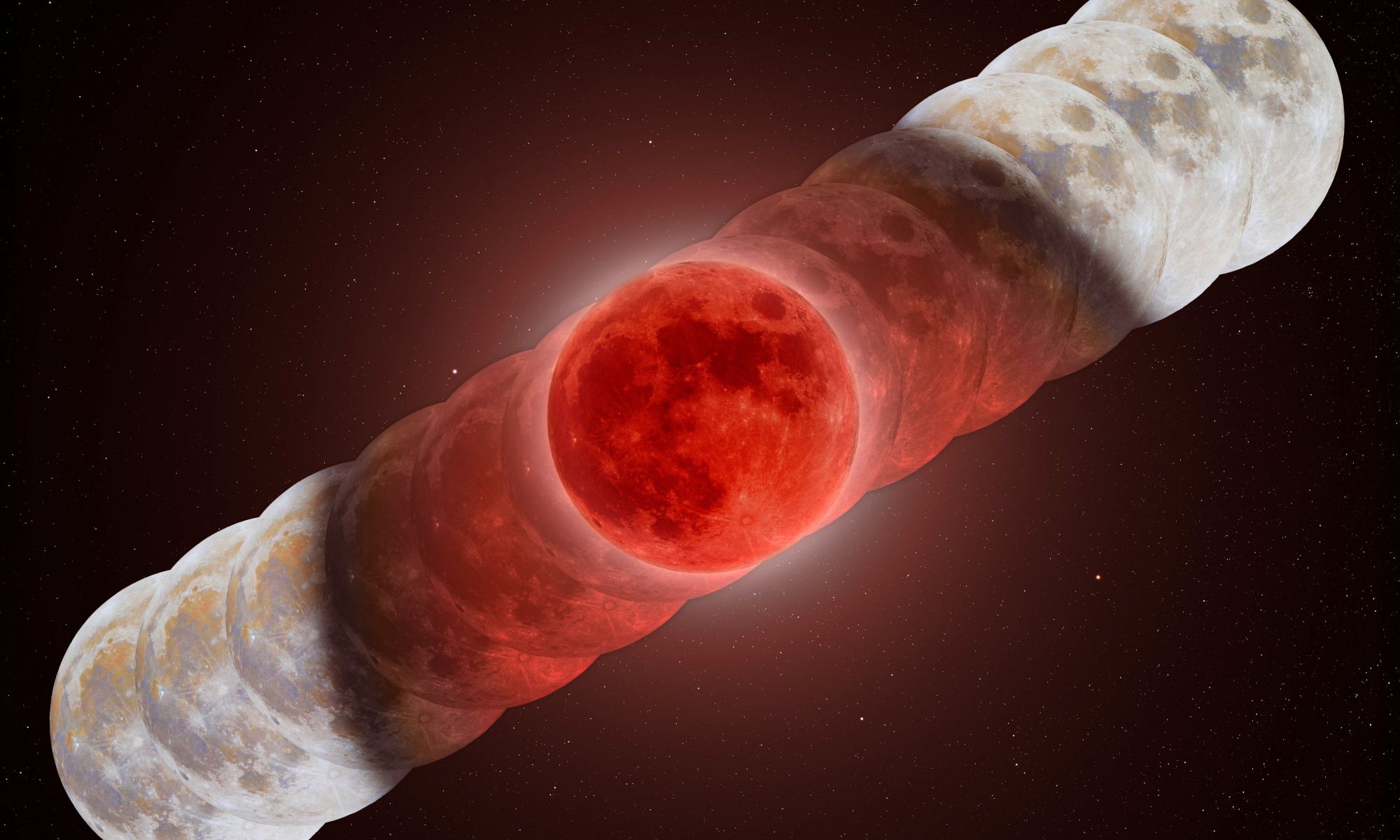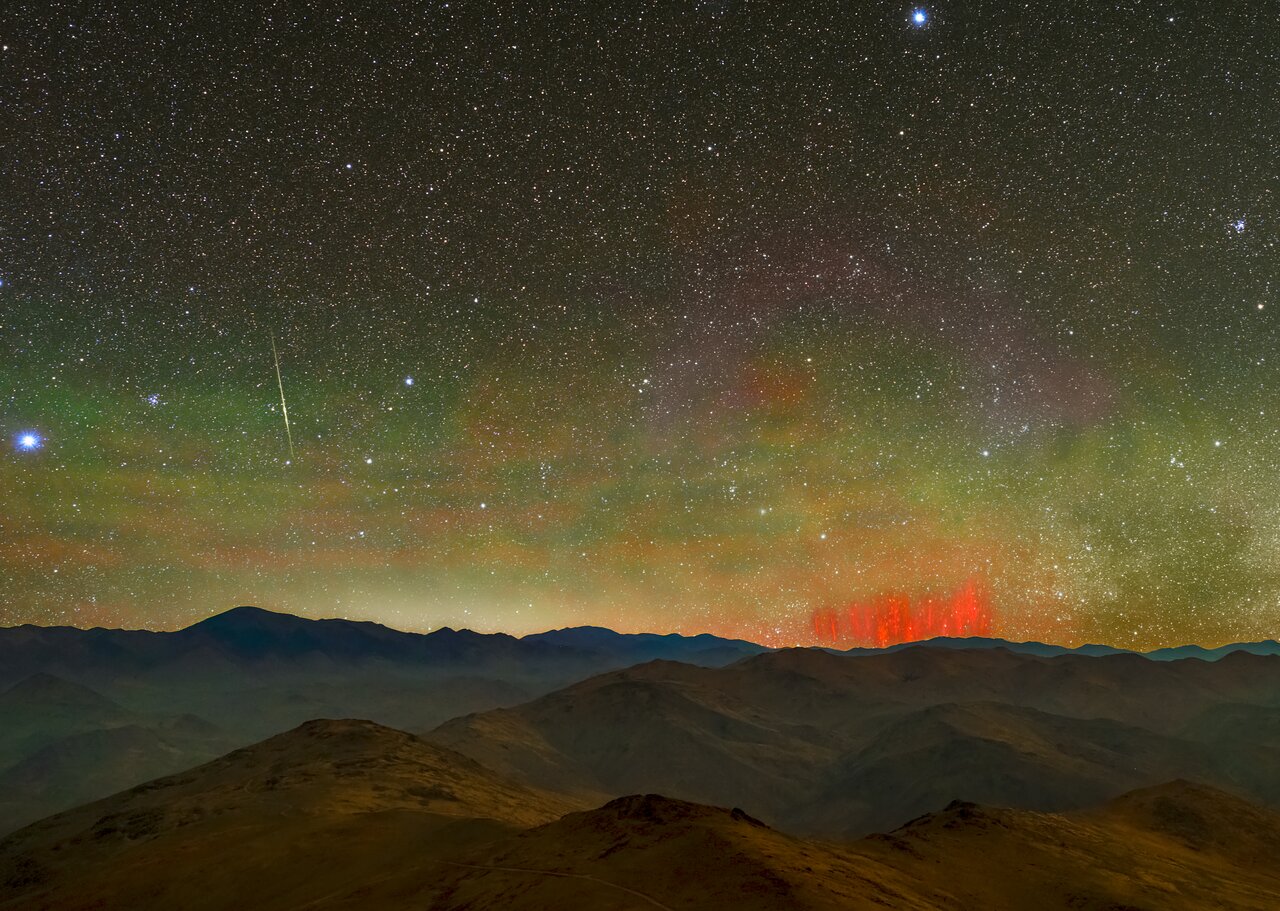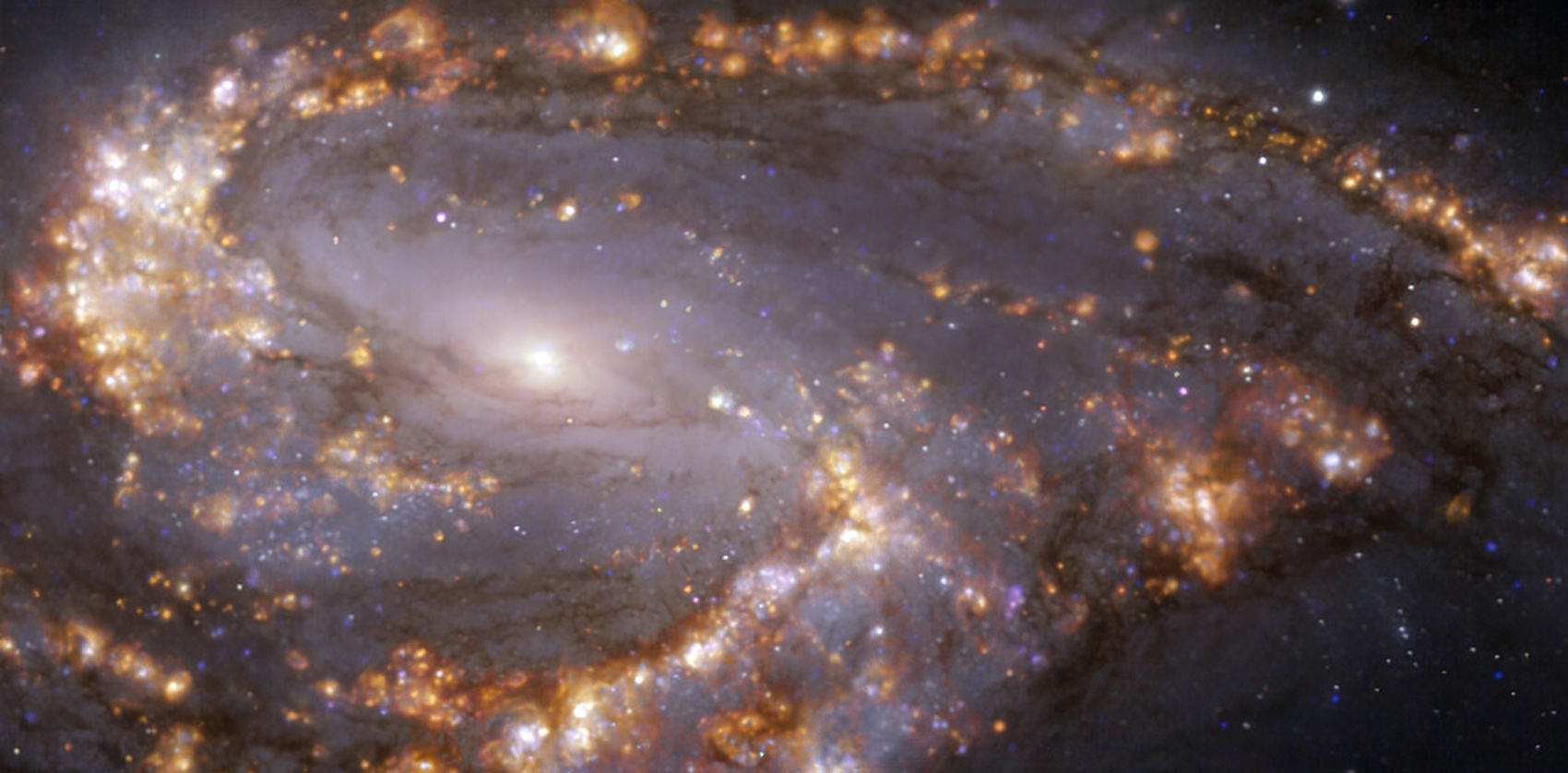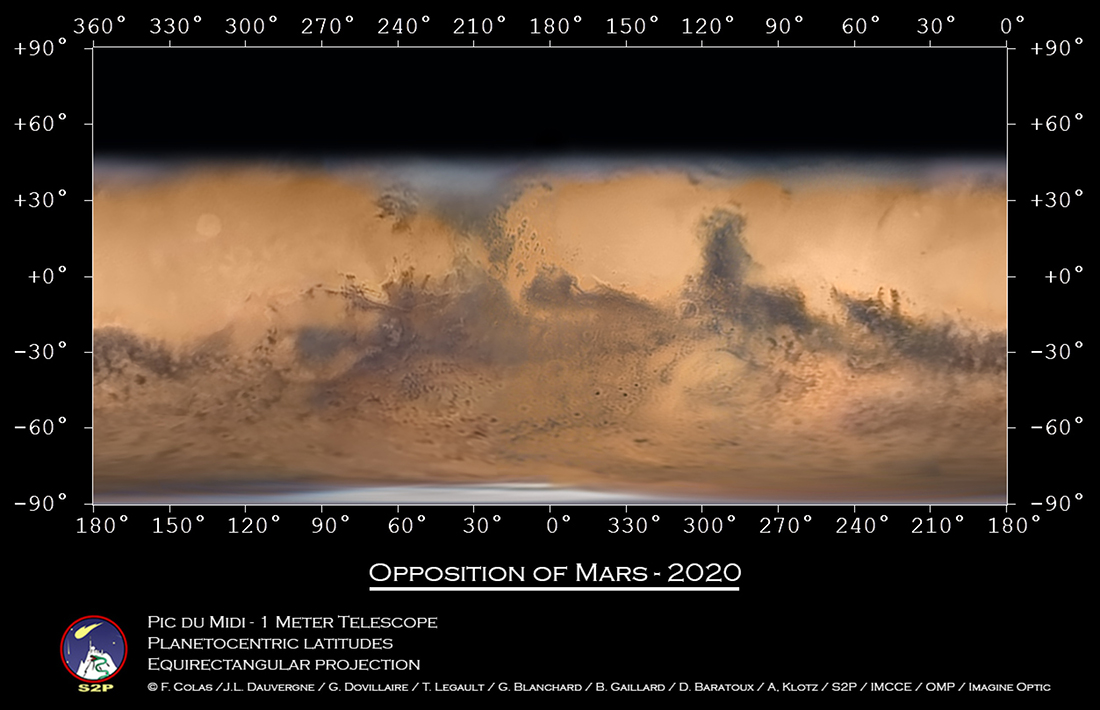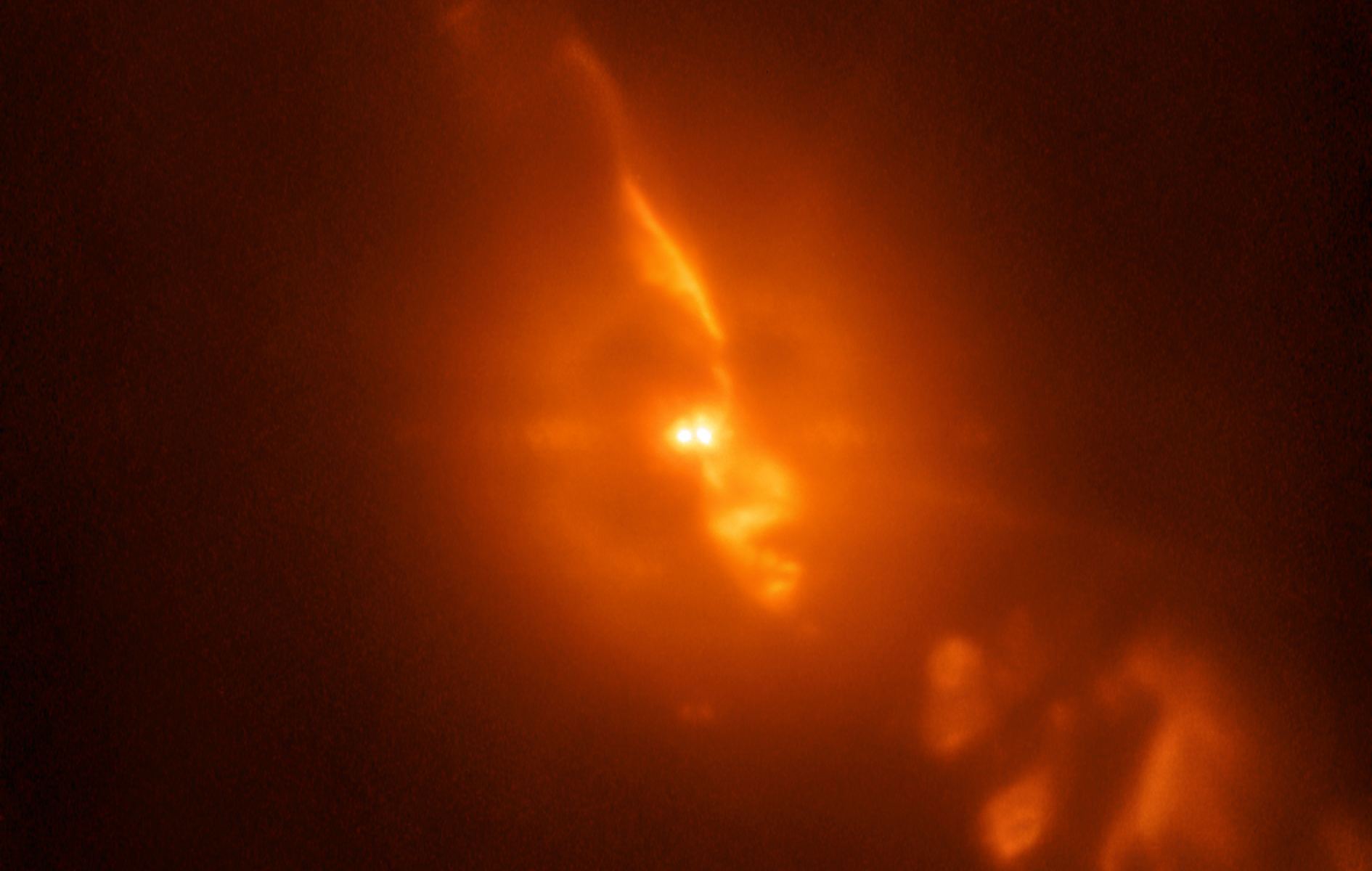Every year, the “Astronomy Photographer of the Year” competition provides incredible images of our night sky — whether they are stunning views of distant galaxies or dramatic photos of aurorae or other views from our home planet. This year is no different, and the awards were just announced at a special presentation at the Royal Observatory in Greenwich (ROG), England for the incredible 16th year of the competition. The event is sponsored by the ROG, supported by Liberty Specialty Markets and in association with BBC Sky at Night Magazine. For the 2024 competition there were over 3,500 entries from 58 countries.
Above is the overall winner, Ryan Imperio from the USA for his photograph, Distorted Shadows of the Moon’s Surface Created by an Annular Eclipse. This unusual and stunning photo captures the progression of Baily’s beads during the 2023 annular eclipse.
Continue reading “And the Winner is…. Astronomy Photographers of the Year 2024 Announced”


